Pears are a great choice for baby led weaning throughout fall and winter. Here is everything you need to know about safely serving pears to babies using a baby led weaning approach - including how to cut pears, how to cook pears, and how to serve them to babies of all ages.
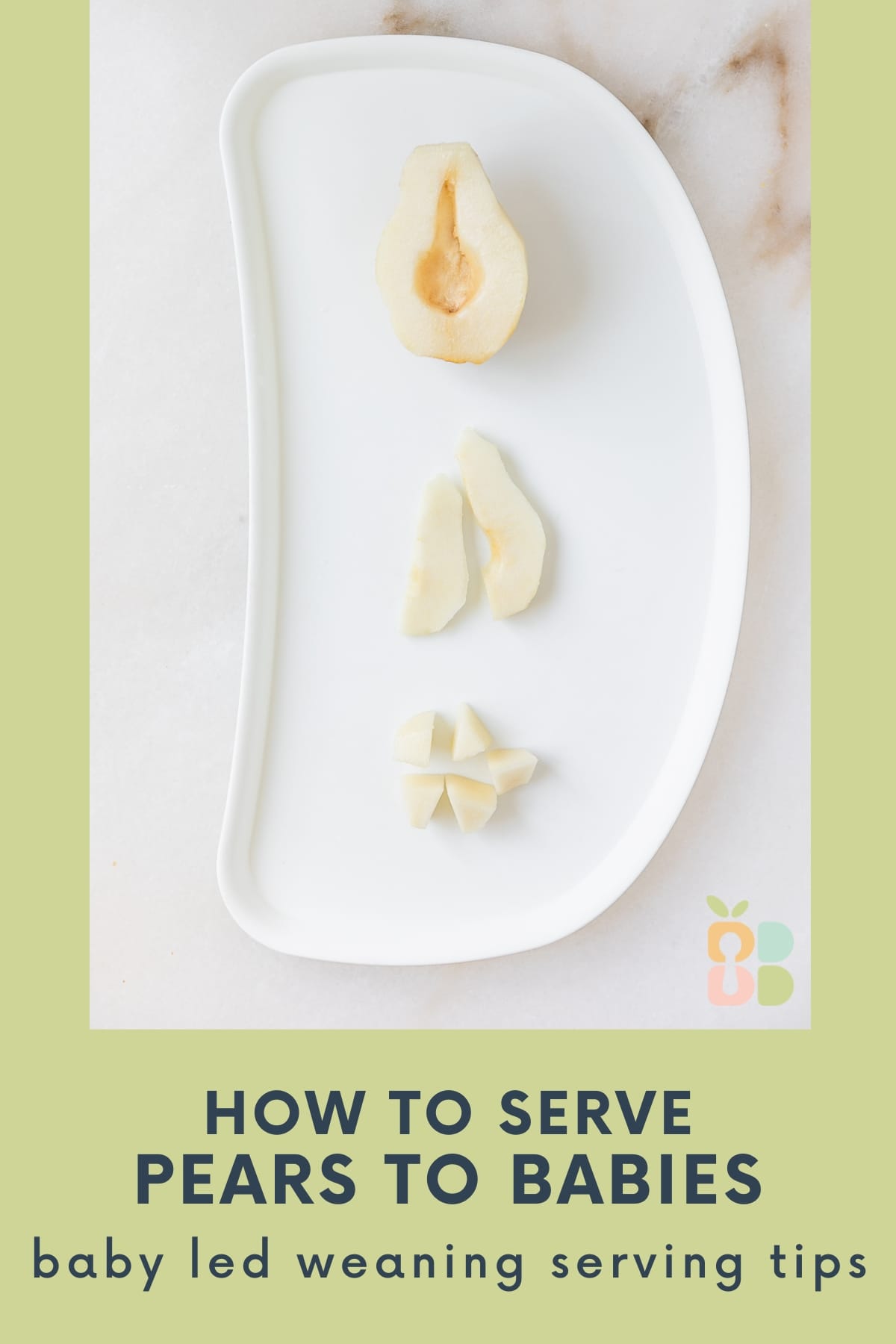
Fresh pears are readily available in the cooler months here in the US, making them a natural fit for sharing with your little one starting solids. When ripe enough, fresh pears are a soft enough texture that they don't require cooking, which is great for busy mamas! Though unripe pears can be a choking hazard, so they do require some discretion. Read on for everything you need to know about safely serving pears to babies using a baby led weaning approach, including how and when to cook pears and the best serving methods.
Jump to:
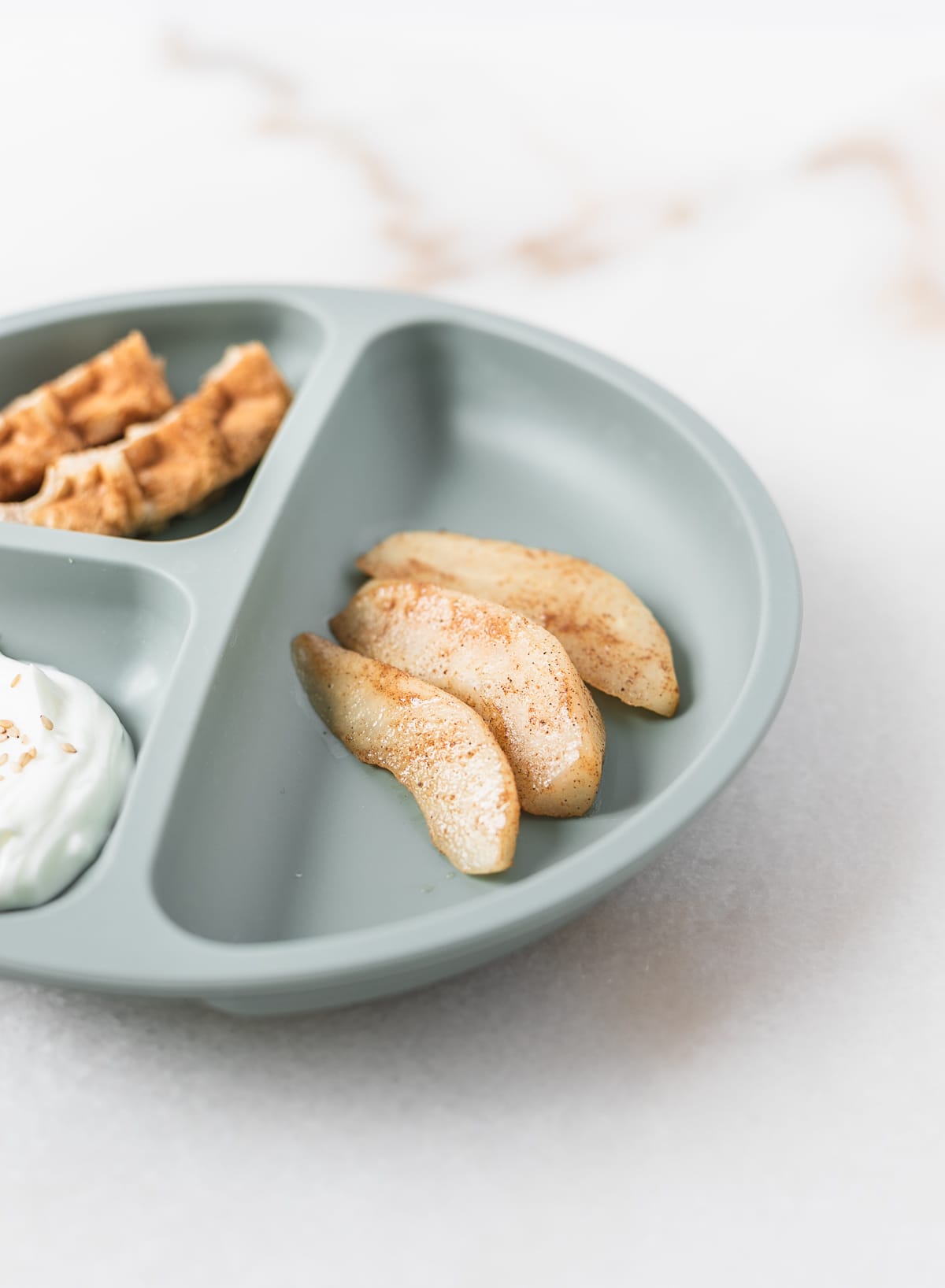
Can Babies Eat Pears?
As soon as babies are developmentally ready for solids, usually around 6 months of age, they can eat pears. However, underripe pears can be a choking hazard. For safety, they must be cut in an appropriate shape and be soft enough that baby can mash them with their gums. That means they may be soft enough raw, or they may require cooking to achieve a safe texture. Pears can be peeled or unpeeled, depending on preference and how well baby can manage the skin.
Health Benefits of Pears for Baby
Pears are high in fiber, and are one of the top fruits recommended for easing constipation in babies. The diversity of different types of fiber in pears also helps improve digestion, gut health, and immune function.
Fresh pears are also high in anti-inflammatory antioxidants, and include several other nutrients, such as vitamin K, vitamin C, potassium and copper.
How To Determine If Pears Are Soft Enough for Baby
In order to safely serve pears, they must be soft enough for baby to mash with his gums. Otherwise, pears can become a choking hazard. If order to test pears for softness, you can use the smash test: Gently squeeze a piece between your index finger and thumb. If it gives to pressure easily, it is soft enough for baby. If not, the pear is too firm and should be cooked until soft before serving to babies.
How To Cut Pears for Baby Led Weaning
Whether cooked or raw, serve pears in an appropriate shape for baby led weaning. Here are some ways that you can serve pears to BLW babes.

1. Halves or quarters, peeled or unpeeled (6+ months)
Early on, bigger is better for baby's grip. Serve ripe, very soft pears in halves (or quarters if very large) with core removed. You can remove the skin or leave it on. If you leave the skin, baby will scrape the flesh from the skin and leave the rest. Just be sure that you cook the pear if it is not very soft when raw! You may have to pick up the pear and hand it to baby to hold, since pears can be slippery.
2. Slices, peeled or unpeeled (6+ months)
Offer soft, ripe pears in thin slices (about ¼ inch thick) either with the peel or without. The core should be removed and the slices should be about as long as your finger.
3. Bite-sized pieces (9+ months)
Once baby has developed a pincer grasp, you can offer soft ripe pears in bite-sized pieces (about the size or your fingernail). Cut the pieces in a flat shape rather than cubes. Again, make sure pears are very soft, and cooked if not soft enough. At this stage, you can also continue to offer slices or halves, which may be easier for you to prepare.
4. Whole (12-18+ months)
Once baby has had lots of practice biting and chewing, and when you feel comfortable, you can offer soft, ripe pears in whole form with the skin on. Baby will likely spit out the skin when first learning to take bites, which is okay! I personally did not offer whole fruit until later into toddlerhood, but if you feel confident at this age, go for it as long as the fruit is very soft and you are supervising closely.
How To Cook Pears for Baby Led Weaning
If your pears do not pass the smash test, they must be cooked to soften them up. Cooked pears can be delicious, especially with added spices! Here are a few cooking methods for softening underripe pears. Always test the temperature of cooked foods to be sure they are cool enough for baby to handle!

1. Poached (Stewed or Simmered)
Add cored pear halves to a saucepan with water (add a splash of orange juice or lemon juice to prevent browning if you'd like) and bring to a boil. Gently simmer until soft, about 5 minutes. Serve halves or cut as needed.

2. Steamed
Place sliced pears in a steamer basket in a saucepan with water in the bottom. Bring the water to a simmer, cover and steam for 3-5 minutes, or until pears are soft.

3. Baked or Roasted
Place cored pear halves, quarters, thick wedges, or chunks in a baking dish and sprinkle with any spices you like (such as cinnamon, nutmeg, ginger, or cardamom). Add a couple of tablespoons of water the the dish and toss the pears to coat. Cover the dish with foil and bake at 350 for about 20 minutes, or until pears are soft. Larger pieces will take longer to soften. Cut pears are needed once cooled.

4. Sautéd
Sauté slices with a hint of oil and cinnamon on the stovetop. See my full recipe for Cinnamon Sautéd Pears here.
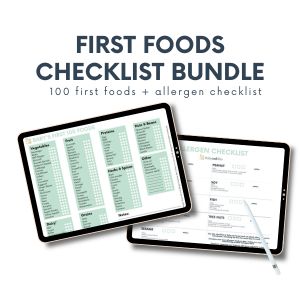
Track your baby's journey through starting solids! Get my 100 First Foods Checklist and Allergen Checklist Bundle today!
FAQ
If pears are underripe, yes, they can be a choking hazard because they can be firm and slippery. Always be sure to test the texture before serving anything to baby and use good judgement whether pears should be cooked before serving.
No, pears are not a common allergen, though those with Oral Allergy Syndrome or a sensitivity to apricots, almonds, or plums may have a sensitivity to pears.
If the raw pear is not soft enough when ripe, yes. If the pear is not yet ripe, simply leave it on the counter for a few days to ripen up. If it is still not soft, it should be cooked until it can be mashed easily between your fingers.
Yes, pears are high in fiber and can be great for helping babies with constipation to poop!
If you cannot find fresh pears, canned pears are okay, as long as they are canned in water or 100% fruit juice. If canned in juice, rinse them before serving and make sure they are cut in an appropriate shape.
If you feel comfortable, you can offer soft whole pears with the skin beginning at 12-18 months. Be sure to supervise closely!

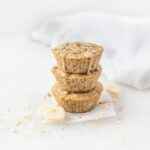
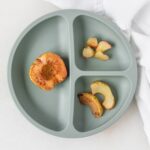
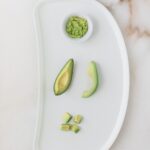
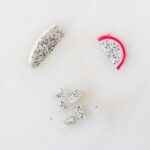

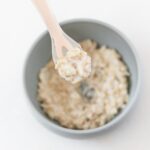




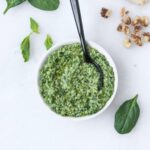

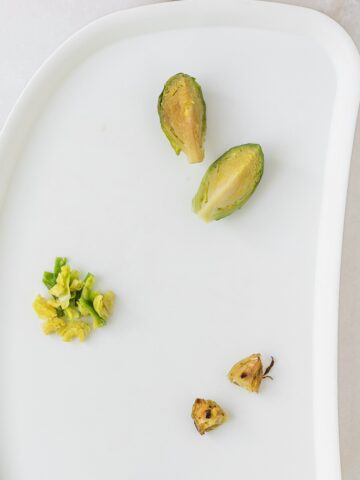
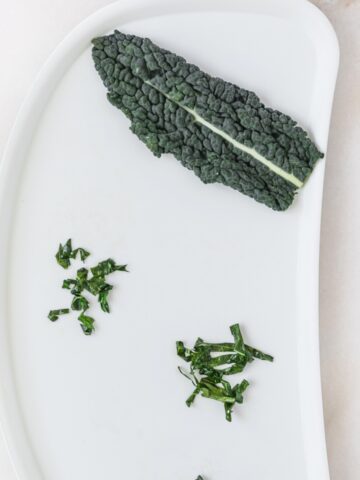
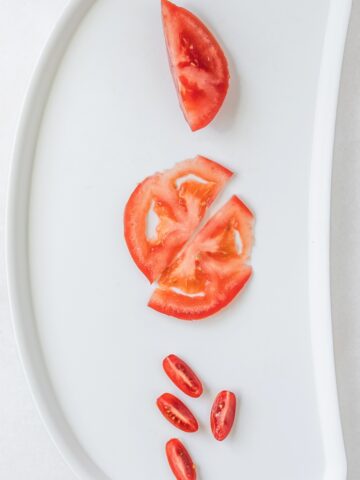
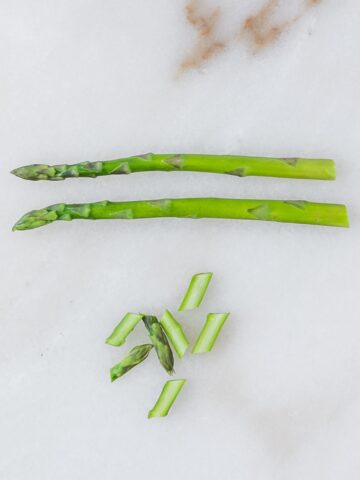
Leave a Reply